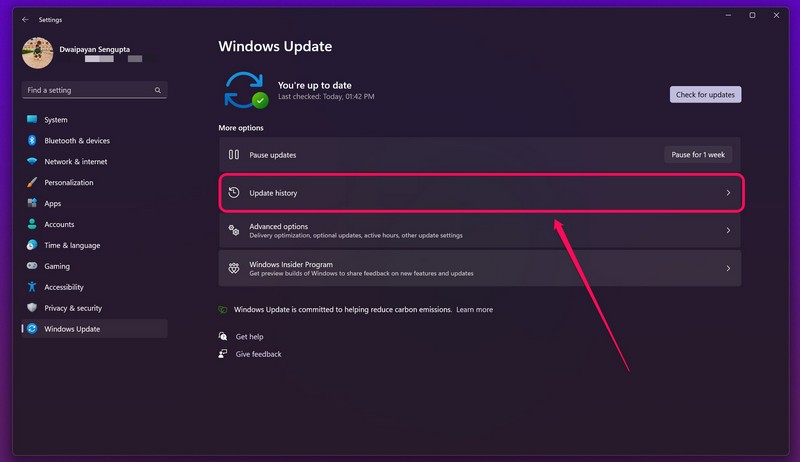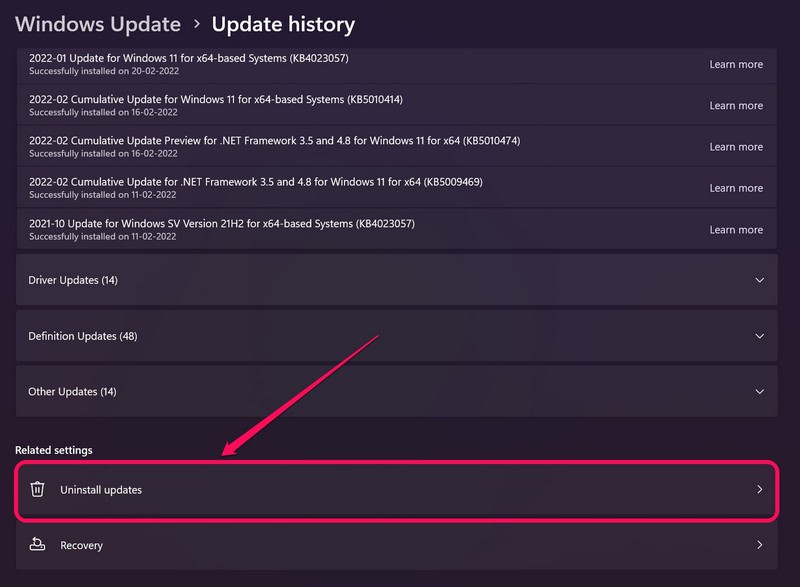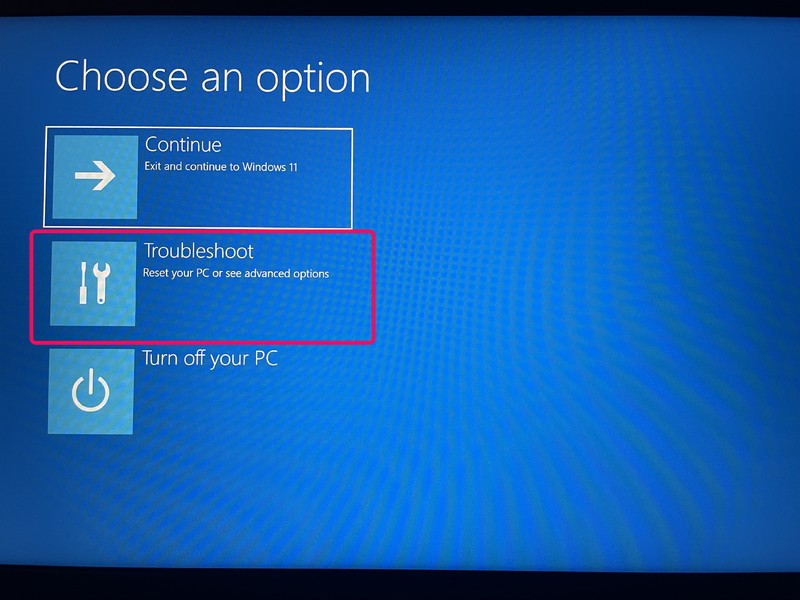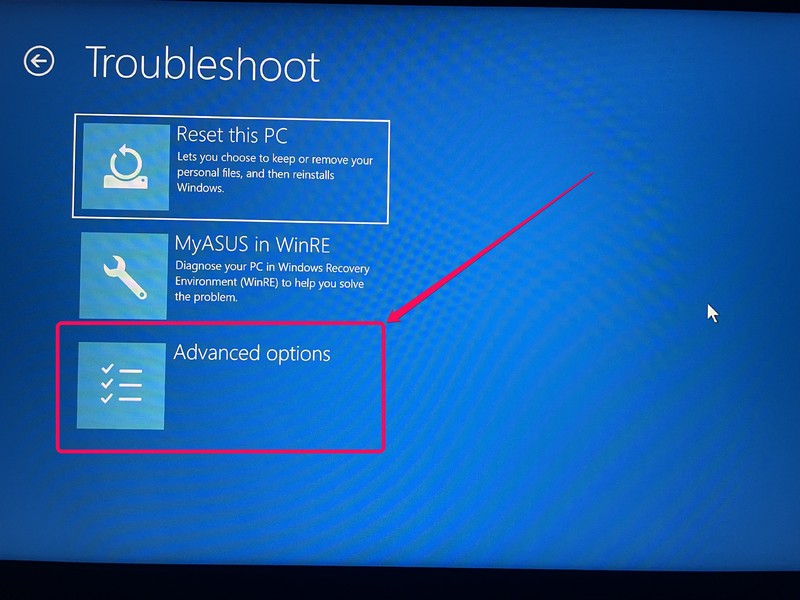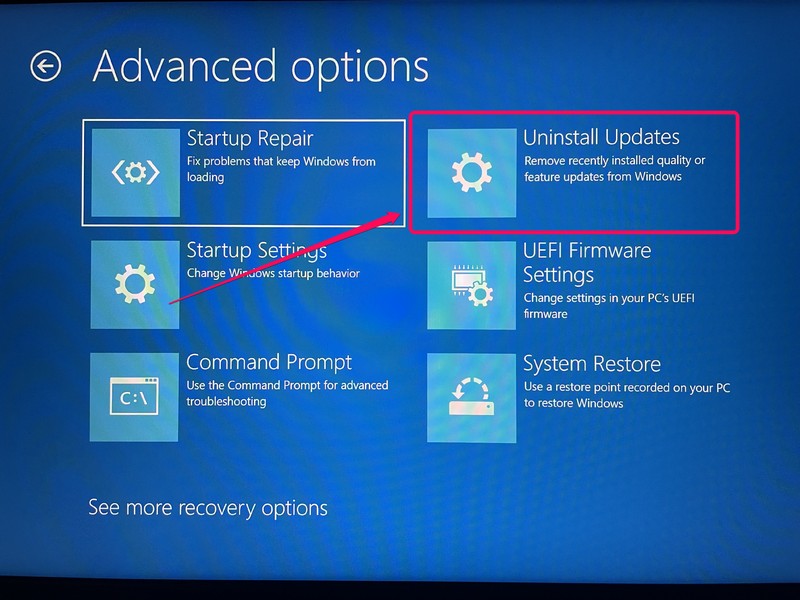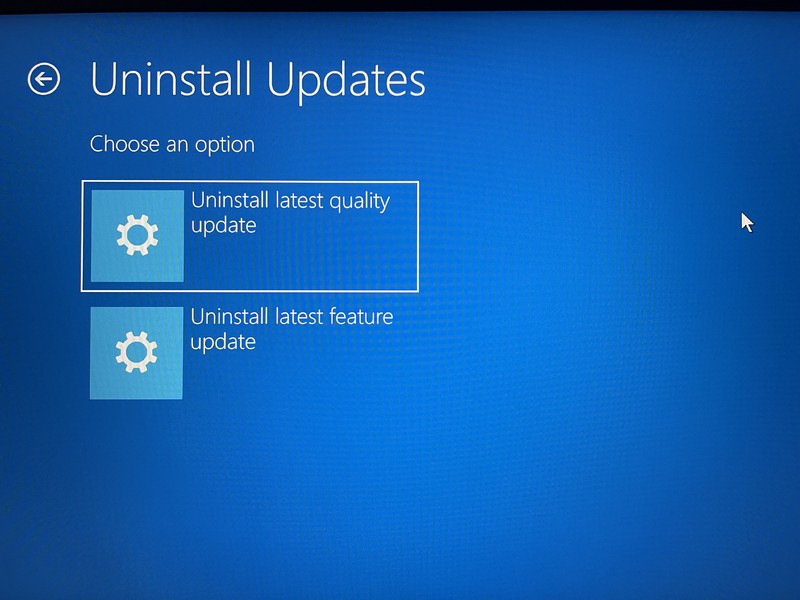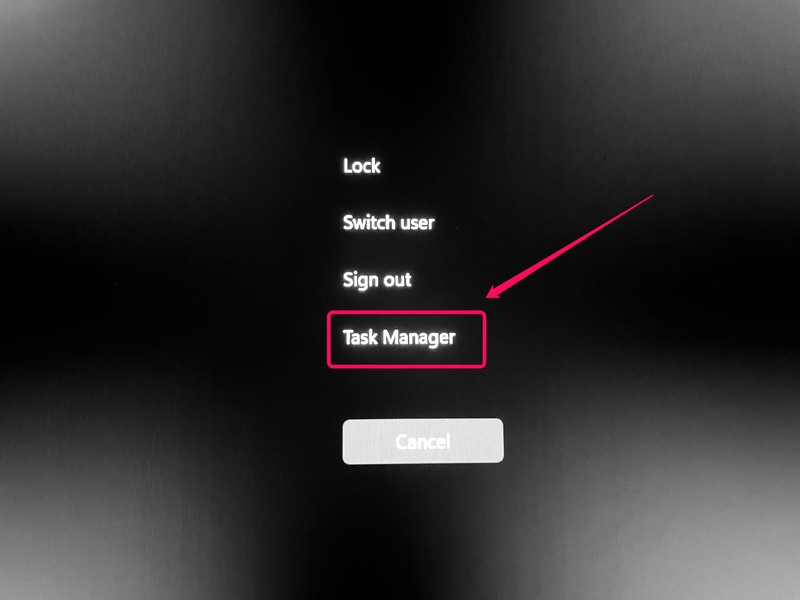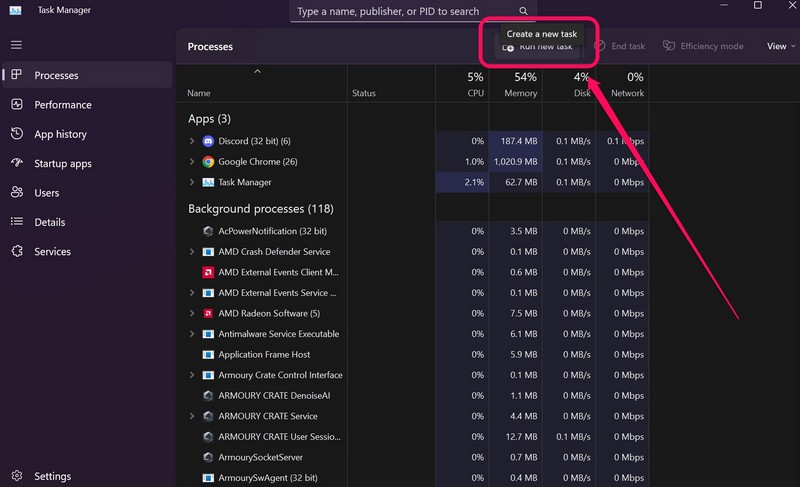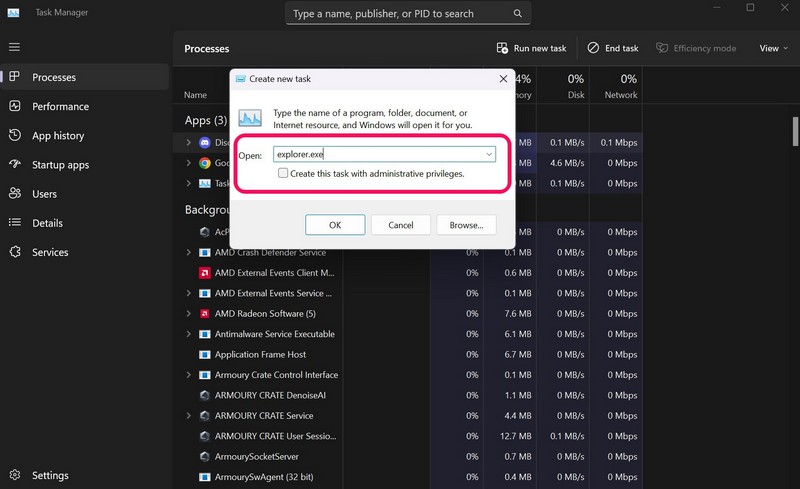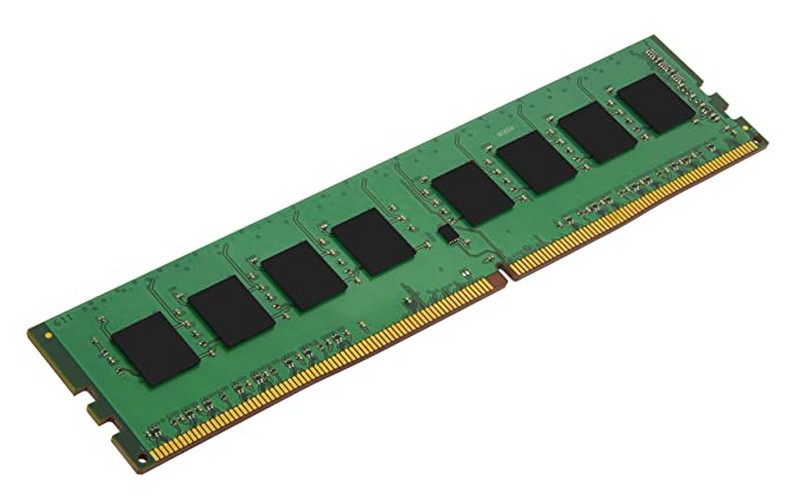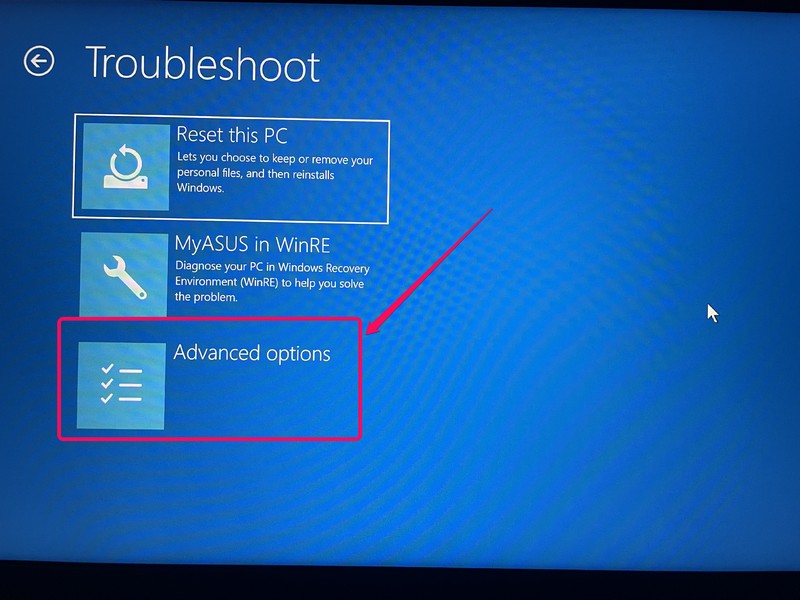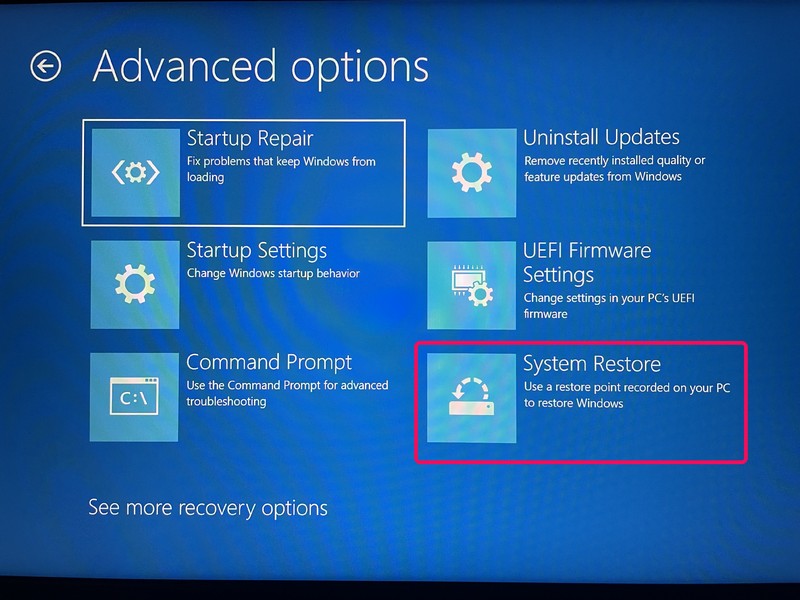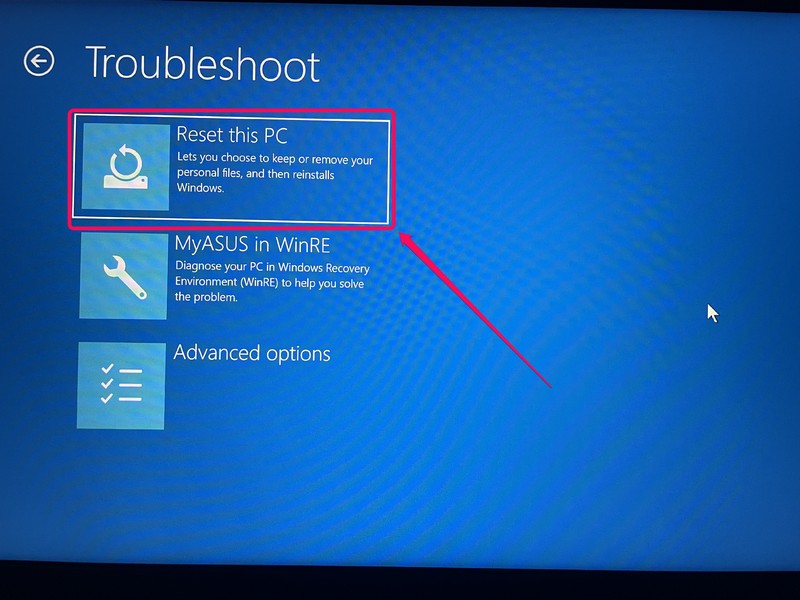So, if you are facing the black screen issue in Windows 11 and are looking for fixes on your mobile device, we got you covered! In this in-depth article, we will provide a variety of ways that can help you fix the black screen issue on your Windows 11 device. Hence, be sure to read this till the end to know what might be causing the issue on your device and how you can fix it.
Fix Black Screen in Windows 11
Now, below we have listed multiple ways that you can use to fix the black screen issue in Windows 11. However, before you move on to them, make sure that your monitor is properly connected to your CPU as one of the most common causes for the black screen issue is faulty or loose hardware connections. Also, check if your monitor is working properly or not. If you find that your monitor is okay and you have properly connected it to your CPU, move on to the fixes for the black screen issue in Windows 11 listed right below.
1. Force Restart Your PC
Now, if your Windows 11 PC or laptop is stuck on a black screen after a Windows update or after you log in to your device, one of the most common fixes includes a hard restart of your system. You see after Windows installs a big update, say a Windows feature update, on your device, the OS can take some time to load up all the components and executable files on your device. So, if you face a black screen on your Windows 11 device after an update, the first thing you should do is restart your device. If you cannot use the Restart button in the Start menu, you can use the physical button on your CPU case or the power button on your laptop to turn off the device and turn it back on. After the device restarts, wait for a bit for Windows to load all the components. If you still face the black screen issue in Windows 11, move on to the next fix.
2. Disconnect Non-Essential Peripherals
Sometimes additional computer peripherals like your mouse, keyboard, USB hub, or other hardware components connected to your laptop or PC might cause system issues in Windows. As a result, you might face the black screen issue on your Windows 11 device. So, if the hard restart method above did not work, try disconnecting all the hardware components connected to your PC or laptop, including your keyboard, mouse, or additional monitors. Then, try to hard restart your device again and check whether the black screen issue is gone or not. If it did not fix the issue, move on to the next fix.
3. Restart the Graphics Driver in Windows 11
As aforementioned, the black screen issue in Windows 11 might be caused by issues in the graphics driver of your PC. So, one of the fixes that you can try for the said issue is restarting the graphics driver on your Windows 11 device. Now, you might be surprised to know that restarting the graphics driver on your system requires nothing but a keyboard shortcut in Windows 11. Hence, when you are stuck with a black screen on your device, simply press the Windows + Ctrl +Shift + B (in the said order) keyboard shortcut to restart the graphics driver. After you press the keyboard shortcut, Windows will restart the graphics driver on your PC or laptop immediately. Wait a few seconds and the black screen should go away and your device should start working again properly.
4. Uninstall Previous Windows Update(s)
If you are facing the black screen issue on your device after installing a Windows update, there is a high chance that the update is causing the issue. So, if you can access the settings menu on your Windows 11 device after the update, use the following steps to uninstall the latest Windows update:
From Settings
- Open the Settings app on your Windows 11 device and go to the Windows Update tab from the side-nav bar.
- Click the Update history option to see all the latest updates that were recently installed on your device.
- Now, scroll all the way down to the bottom and click on the Uninstall updates option.
- On the following page, click the Uninstall button for the update you want to uninstall.
- Restart your PC or laptop after the uninstallation.
Use Windows Recovery to Uninstall Windows Updates
However, if you cannot access the Settings app on your device due to the annoying black screen, you need to uninstall the Windows update using the Recovery menu in Windows 11. To do this, you must first restart your PC or laptop, and when you are on the loading screen in which the brand name of your device shows up, try pressing the F2, F8, or the F12 button on your keyboard to open the Windows Recovery screen. For my ASUS Zephyrus laptop, I had to repeatedly press the F12 key when the ROG logo appeared on my screen. Now, that you have entered the Windows recovery screen, follow the steps right below:
- First, click on the Troubleshoot option.
- Go to the Advanced options for troubleshooting.
- Click the Uninstall Updates option.
- Here, you will find two options – the first one is for uninstalling quality updates, which are usually smaller in size, and the second one is for uninstalling feature updates, which are bigger in size.
- So, if you are not sure which updates are causing the black screen issue on your Windows 11 device, try uninstalling the quality updates first.
- If that does not fix the issue, use the same method to uninstall the latest feature updates on your device. This way, you can check whether any of the latest Windows updates is causing the black screen issue in Windows 11 or not. If uninstalling the updates did not fix your issue, move on to the next step.
5. Restart Windows Explorer in Windows 11
Now, if you are facing the black screen issue on your Windows 11 device but your cursor is still working, it is good news. This essentially means that while your PC is working, an issue with the Windows Explorer operation, which is responsible for handling various system-level functions, is causing the black screen to show up on your device. In this case, follow the steps below to restart the Windows Explorer process and fix the issue right away.
- Press the ever-popular Ctrl + Alt + Delete Windows shortcut to open the Advanced menu.
- Click the Task Manager option to open the tool.
- Now, while in the Processes tab, click the Run new task button at the top.
- In the text field that opens up, type “explorer.exe” and press Enter. What this does is that it reloads the Explorer process in Windows 11 and fixes any underlying issues to make it work properly again. Hence, following this fix, the black screen issue should be fixed on your Windows 11 device. If it does not, move on to the next method right below.
6. Clean the RAM with an Eraser
Now, one of the things you can try when you face the black screen issue on your Windows 11 device is to manually clean the RAM module of your device. Collected dust and debris on your RAM module might cause such system issues in Windows 11 and cleaning it can easily fix the issue. So, turn off your PC or laptop completely and disconnect the AC power cord (or the charging cord, in the case of a laptop). Take out the RAM module from your device. The RAM module should look like a rectangular PCB with golden-colored connecting points at one of the wider sides (image below). Now, use a regular eraser to gently clean the golden-colored connecting points of the RAM module and dust off the eraser shavings. After cleaning the RAM, connect it back to your PC or laptop properly and try turning on the device. Be careful while connecting/ disconnecting the RAM module. The black screen issue should now be fixed in Windows 11 if it was being caused by your dirty RAM module.
7. Use System Restore in Windows 11
The System Restore feature in Windows is a handy feature when it comes to fixing system-level issues in Windows 11. Hence, if you think that a third-party program is causing the black screen issue on your Windows 11 device, you can use the System Restore tool to restore the Windows OS to a point when there were no such issues. To use the System Restore tool in Windows 11:
- Open the Windows Recovery mode using the method explained in the fourth fix.
- Click the Troubleshoot option.
- Under Troubleshoot, click the Advanced option.
- Select the System Restore option.
- Now, follow the on-screen instructions to restore your computer. Following the system restore, the black screen issue on your Windows 11 device should be fixed. However, it is worth mentioning that doing a system restoration will eliminate all the recent changes that you have made to your device, including changes to files and folders on your system.
8. Reset Your PC/ Laptop
Now, if all the above fixes fail and you are still stuck with a black screen in Windows 11, it is time for the last resort, and that is resetting your PC or laptop. This will format the C drive on your device, deleting all the apps and the data stored in the Desktop, Downloads, Documents, and Pictures folders. However, you can be sure that resetting your PC will fix the black screen issue and take it back to a functional state. So, to reset your PC or laptop:
- Open the Windows Recovery screen using the method explained in the fourth and seventh methods.
- Click the Troubleshoot option.
- Click the Reset this PC option.
- On the following prompt, choose the Keep my files option. Now, Windows will reset your PC and download the latest Windows 11 updates. This process might take some time to complete, so be patient and do not turn off the computer mid-way. After the process completes, your Windows 11 device should start as usual and the black screen issue should be long gone.
Why is there a black screen on my Windows 11 laptop?
The black screen issue in Windows 11 is quite common and is caused by system issues, faulty connections, hardware issues, and more. You can try and fix it on your Windows 11 device by using the methods listed in this article.
How to fix the black screen issue with a cursor in Windows 11?
If you are facing the black screen issue but your mouse cursor is working, you can use the Task Manager in Windows to restart the Windows Explorer process. Use the steps mentioned in the fifth point of this article.
Wrapping Up
So, this was all about fixing the black screen issue in Windows 11 on your PC or laptop. The black screen can be frustrating as it prevents Windows users to operate their devices. However, you can try the above fixes to eliminate the issue and make your Windows 11 PC or laptop operational again. We hope that one of these fixes works for you, and if it does, let us know about it in the comments. However, if none of the methods listed in this article worked for you, it is best to take your PC or laptop to the nearest service center and get an expert’s help.
